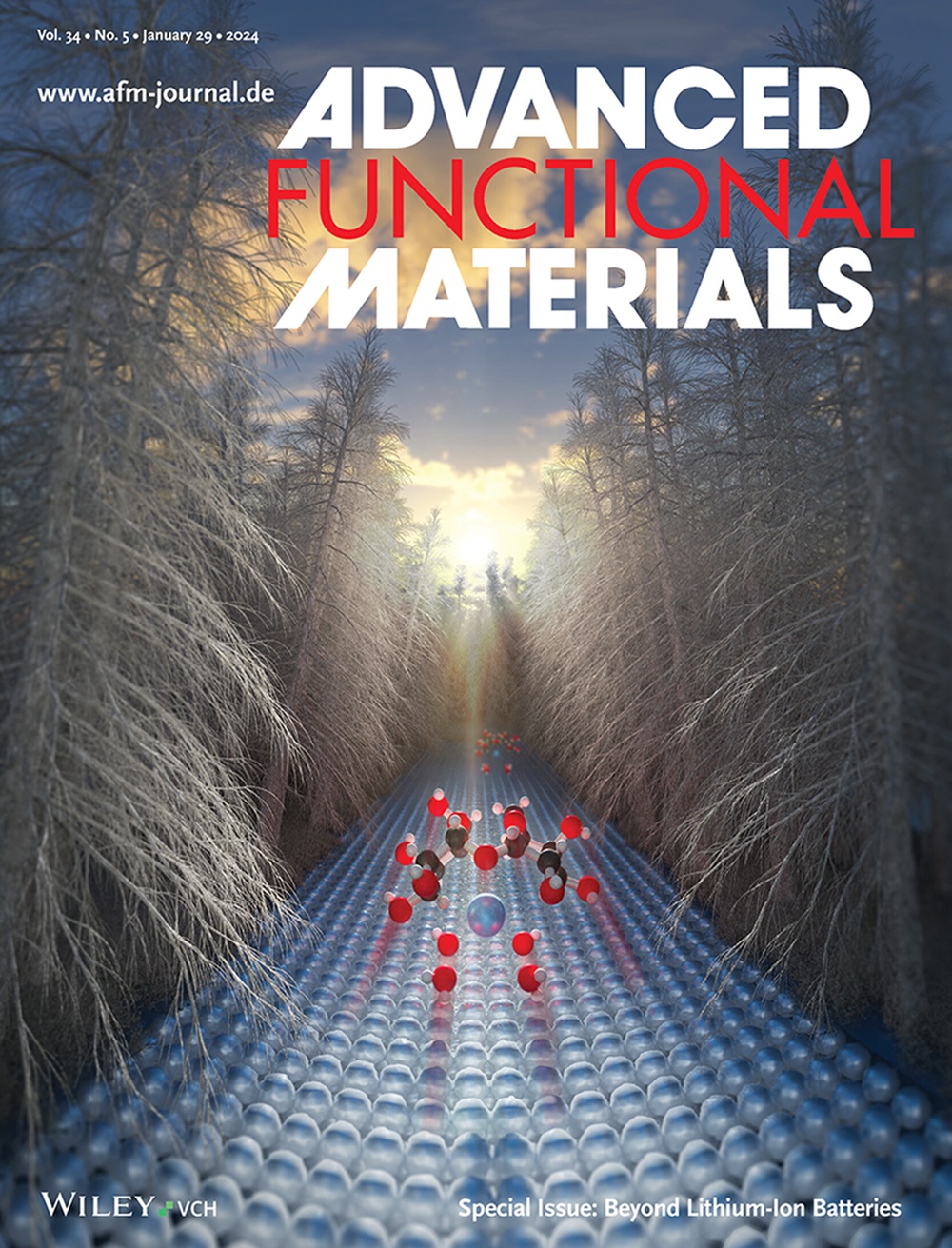Construction of a Fluoride-Free and High-Voltage Lithium Metal Battery with a Li3N/Li2O Heterostructure Solid Electrolyte Interface
IF 18.5
1区 材料科学
Q1 CHEMISTRY, MULTIDISCIPLINARY
引用次数: 0
Abstract
Currently, the design of lithium metal batteries primarily focuses on improving cycling stability by increasing the lithium fluoride (LiF) content in the interfacial layer. However, the extensive use of fluorides poses severe environmental concerns. In this study, a novel strategy is proposed to construct a Li3N/Li2O heterostructure via the in situ decomposition of lithium perchlorate (LiClO4) and lithium nitrate (LiNO3), replacing the role of LiF in the SEI. This unique heterostructure combines excellent lithium-ion transport capability with robust electronic insulation properties, effectively preventing electron tunneling phenomena. When paired with the NCM811 cathode, the Li||NCM811 full cell exhibits exceptional electrochemical performance, including outstanding charge–discharge capabilities under extreme temperatures. At 60 °C and 1C conditions, the battery retains 82.11% of its capacity after 500 cycles; at 25 °C and 1C, it maintains a capacity retention rate of 80.61% after 800 cycles. Furthermore, under practical application conditions (100 µm lithium anode, N/P ratio of 3.09, and a 1.5 Ah pouch cell), the fluorine-free lithium metal battery (LMB) retains 77.93% capacity after 100 cycles, demonstrating the superiority and practical value of this strategy.

求助全文
约1分钟内获得全文
求助全文
来源期刊

Advanced Functional Materials
工程技术-材料科学:综合
CiteScore
29.50
自引率
4.20%
发文量
2086
审稿时长
2.1 months
期刊介绍:
Firmly established as a top-tier materials science journal, Advanced Functional Materials reports breakthrough research in all aspects of materials science, including nanotechnology, chemistry, physics, and biology every week.
Advanced Functional Materials is known for its rapid and fair peer review, quality content, and high impact, making it the first choice of the international materials science community.
 求助内容:
求助内容: 应助结果提醒方式:
应助结果提醒方式:


